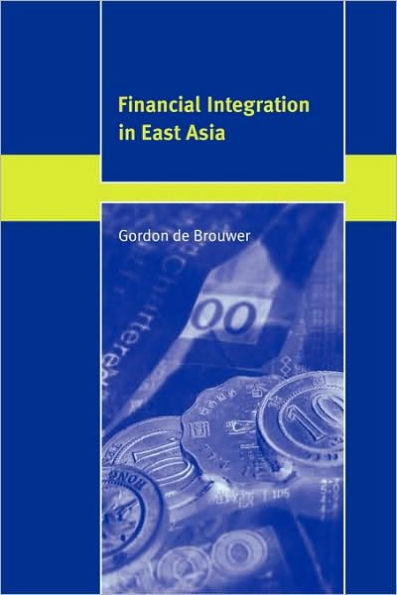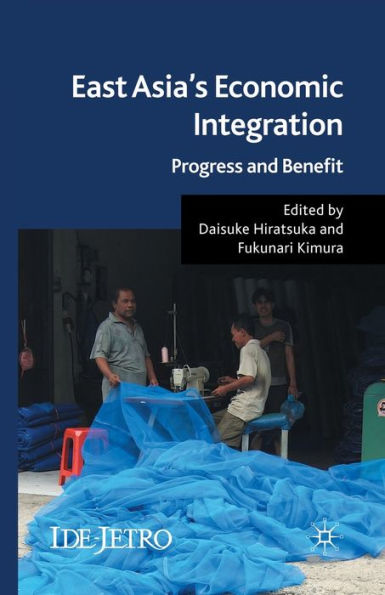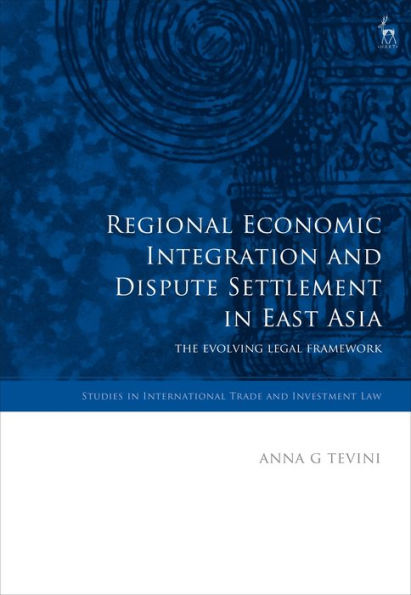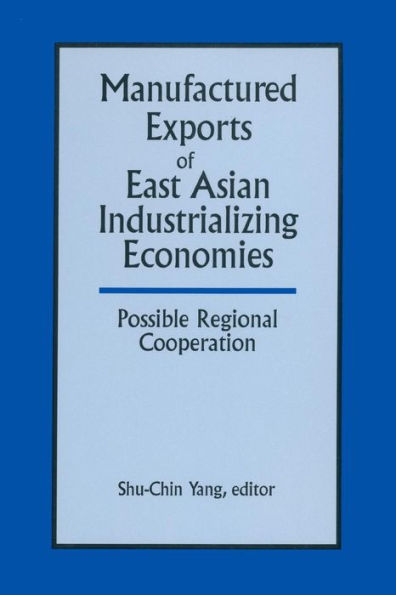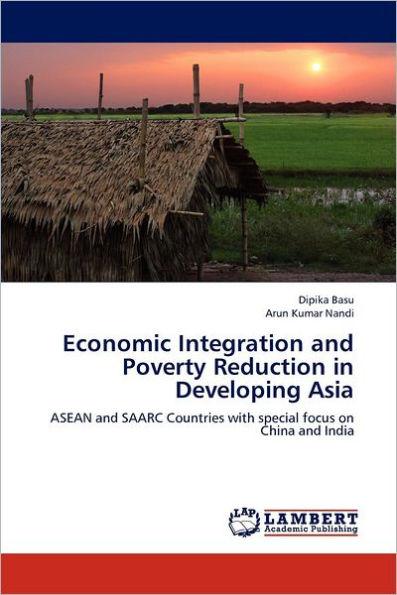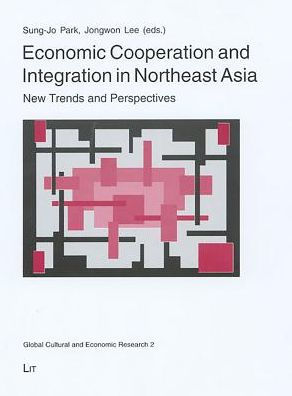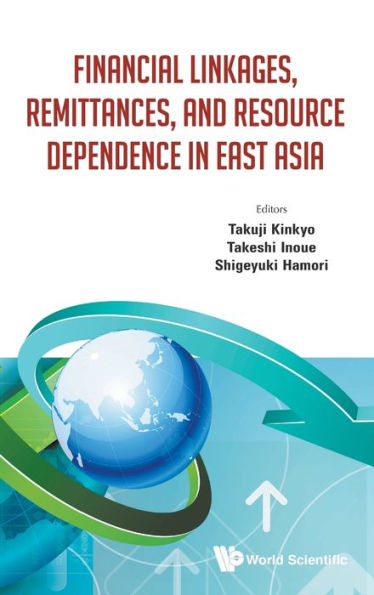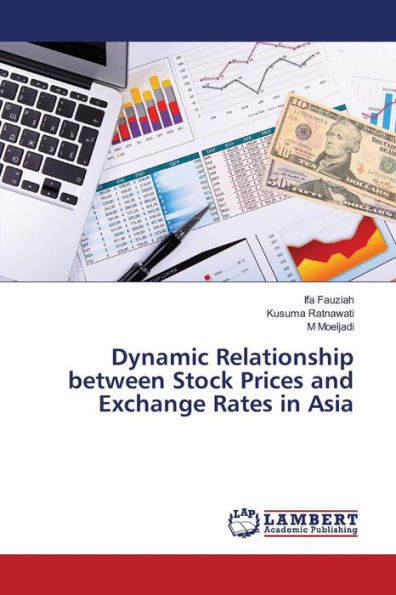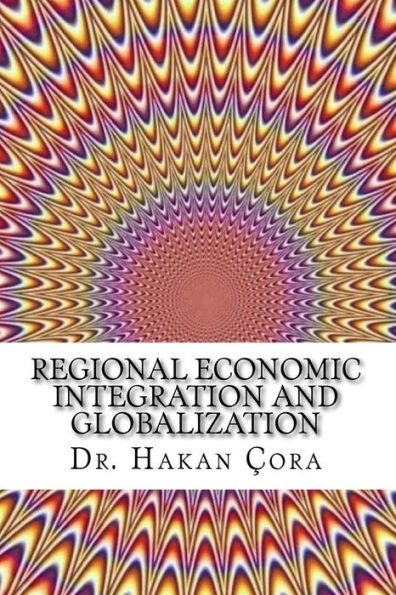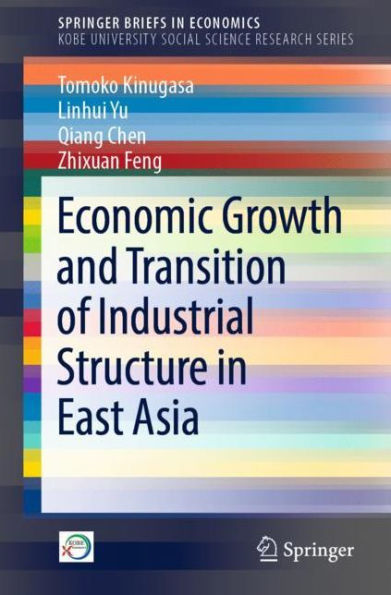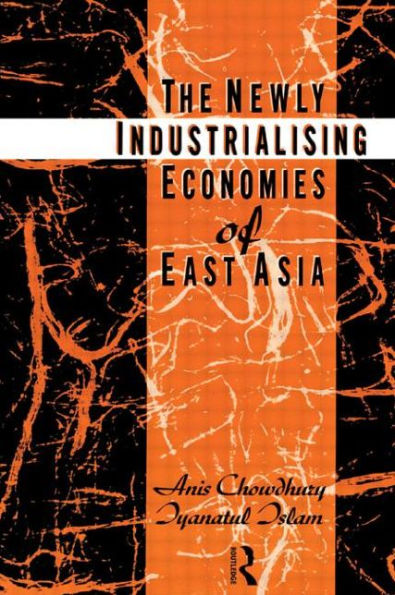Home
Regional Exchange Rate Management and Trade Integration in East Asia


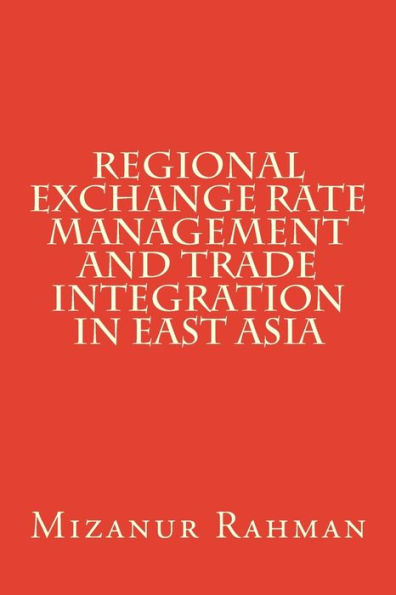
Regional Exchange Rate Management and Trade Integration in East Asia
Current price: $30.00
Loading Inventory...
Size: OS
The role of real exchange rate changes and redistribution of world expenditures in international macroeconomic adjustment is as old as the economics science. A truth is that both the forces are simultaneous and will continue to play the key role in the process of international adjustment. A large number of literature estimated trade effects of real exchange rate changes and shifts in relative incomes and drew policy implications for the resolution of global payment imbalances. Only a few studies, however, considered the phenomenon of international organization of production into the modeling of trade equations. The consideration has an important implication. It is that exports by country are recorded on a gross basis rather than as value added and therefore the domestic value added is only a part of the gross value of the exports. An appreciation by the exporting country per se will affect only the domestic value added but not the gross value. But a joint appreciation by countries supplying intermediate goods will increase the dollar cost of intermediate goods imported into the exporting country. This book proposes a clear framework to this end and documents consistent estimates of trade effects of real exchange rate changes and shifts in relative incomes.
The standard two-country trade model assumes that the observed bilateral exports exhibit an equilibrium behavior of both supply and demand schedules. An implicit assumption of this modeling is that local value added in the gross value of final exports is substantial. In the context of East Asia, this modeling does not recognize an essential point that the domestic value added is only a part of the gross value of exports and that the dollar cost of intermediate inputs imported from other Asia represents a significant share of the gross value of final exports from an East Asian country to the United States and elsewhere. This book thus proposes a value added approach considering East Asia as an economic region. A reduced-form equation is derived for the gross value of final exports from an East Asian country to the rest of the world. The modeling and estimations bear substantial policy implications for resolving global payment imbalances.
The first essay of this research monograph empirically examines if the actual policy environment relative to the optimal choice, in presence of an external shock, can significantly affect East Asian production networks and thereby the pattern of regional trade integration. While the actual policy environment is characterized by heterogeneous exchange rate regimes of East Asian countries, the optimal choice is assumed to be a currency area arrangement whereby the countries either share a single currency or have their exchange rates fixed to one another. It is thereby an ex ante analysis of a potential institutional arrangement.
The second essay examines if a choice of fixed-to-floating can be optimal for a national currency in East Asia. If the region itself is an optimum currency area, any regime choice for a national currency will prove non-optimal. The paper examines this proposition for the cases of China and Japan, because these two countries have respectively de facto peg and independently floating exchange rate regimes.
The issue of global payment imbalance against East Asia including China, in particular, is one central debate in international macroeconomics. There are two competing views on the issue. The dominant view as borne by the U.S. Congress is that the global imbalance is largely because of the undervalued Chinese Renminbi (RMB). The other view as shared by Alan Greenspan and many others is that a collective exchange appreciation by all East Asian countries will be required to correct the imbalance against China as well as East Asia. The third essay empirically tests the hypothesis that a generalized appreciation of all East Asian exchange rates would reduce East Asian exports to the world.
